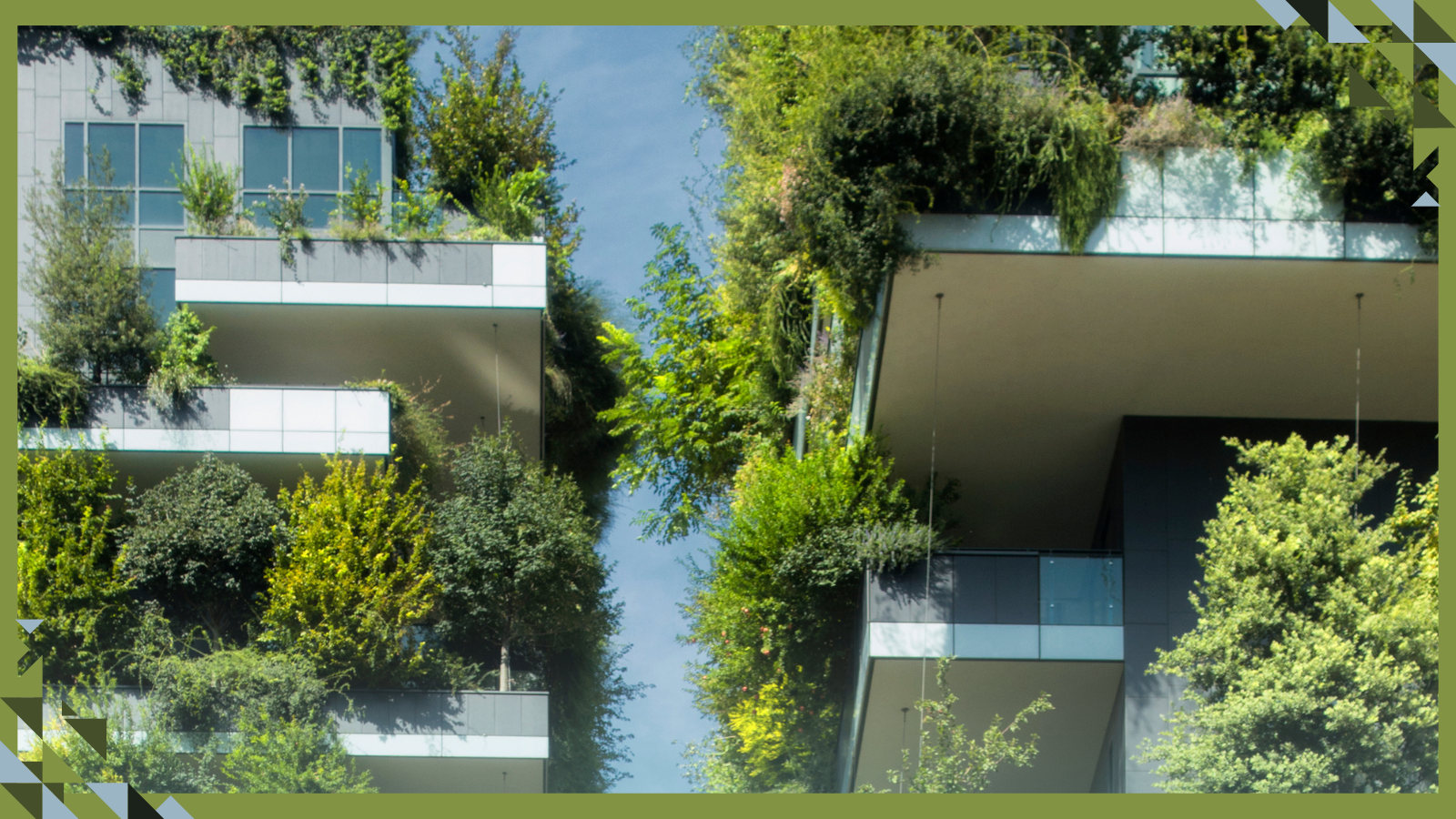Written by: Saidia Ali, Policy Options
In a time of rapid urbanization, cities and nature are often seen as incompatible: either biodiversity suffers as cities grow or cities are contained to protect nature.
There is no question that human activities impact biodiversity in multiple ways – deforestation, habitat loss, changes in soil, water and chemical compositions, etc.
But with more than 70 per cent of the world’s population expected to be living in cities by 2050 and about half of the world’s GDP highly or moderately reliant on nature, according to the World Economic Forum, we must stop thinking that cities and nature cannot co-exist.
We need to start reframing, reimagining and creating our cities as contributors toward safeguarding biodiversity and understanding its numerous benefits to our well-being and sustainable development.
There are two main ways to do this.
First, utilize Indigenous traditional ecological knowledge (TEK). Indigenous communities around the world have long had the most proactive planning for climate-change adaptation and mitigation. There is great power in their knowledge, so including their voices in planning and understanding climate risks in our cities is vital, although often disregarded.
Second, emphasize nature-based solutions that range from green roofs that regulate water and air flows to reinstating mangrove forests to decreasing coastal erosion and protecting local communities and infrastructure from rising sea levels.
Nature, culture and TEK
One example of the importance of the TEK approach is the development of floodplain maps for the Deshkan Ziibi (Thames River) watershed in Lake St. Clair – an initiative primarily led by Indigenous communities, conservation specialists and community organizations.
Flood maps were devised using both Indigenous and Western scientific practices through the “two-eyed method,” which focuses on engaging with and incorporating Indigenous Peoples in the initial phases to co-construct project objectives and methods.
Through this and a shared-waters approach, a watershed management plan was created through the Thames River Clear Water Revival Initiative.
That plan can be adapted for building cities that are environmentally, economically and socially sustainable. Precise floodplain maps can help mitigate damage in cities by identifying high-risk flood areas where construction should be avoided or limited, and by devising emergency strategies for these areas when floods occur.
The importance of nature-based solutions
Most proposed solutions to address the consequences of the climate crisis – such as increased greenhouse gas emissions, disaster management, food insecurity, etc. – rely on technology and engineering.
But there’s a better way. Nature-based solutions address societal problems by sustainably managing and re-establishing natural ecosystems. They also aim to reduce disaster risks, simultaneously boosting public health and urban resilience.
Their benefits go beyond economic, social and environmental domains by reducing storm surges, urban heat and other extreme weather impacts.
What’s next?
In 2021, Canada recorded more than $2 billion worth of damage due to extreme weather events. The country’s aging infrastructure and poorly maintained stormwater systems, coupled with severe and frequent rainstorms, have elevated the risks associated with flooding and high water levels.
The federal government recently announced its commitment to introduce a nature accountability bill. This is a positive step.
In addition, at COP15 in Montreal in 2022, 196 nations agreed to the Kunming-Montreal global biodiversity framework (GBF). Canada can – and should – play a significant role in the success of the framework. We have the second-largest area of intact nature globally and so we also have a great role and responsibility in protecting nature.
However, such biodiversity commitments are usually implemented at the national level. But it is at the city level that many of our infrastructure and development decisions take place. All those decisions drastically affect nature and would benefit from Indigenous knowledge to create solutions.
For example, a major new research report in New Zealand suggested a sequence of actions for its towns and cities to respond to extreme and recurrent rainfall by integrating traditional Māori knowledge about natural water flows to create nature-based infrastructure to help reduce urban flood risks.
Central to Māori knowledge is an emphasis on working harmoniously with nature instead of trying to dominate or control it.
It is important to remember that the lands and waterways of Canada have been cared for by Indigenous communities for many years across generations. This is a golden opportunity for city-planning officials to collectively work with Indigenous Peoples and their sustained knowledge of nature in producing resilient cities.
Traditional ecological knowledge is the continuous build-up of knowledge, practices, beliefs and values acquired by Indigenous Peoples across generations, through culture and their direct relationship with natural ecosystems.
It is not the same as localized knowledge, which stems from personal or community experiences over the years. TEK leads to a holistic understanding of nature and can inform inclusive actions toward equitable, just and sustainable cities on both domestic and international levels.
As Indigenous researcher Zena Cumpton notes: “Aboriginal perspectives of biodiversity in urban areas are underrepresented and have much to offer as holistic approaches to sustainability, custodianship and resource management.”
Myrle Ballard, the first director of Environment and Climate Change Canada’s new division of Indigenous science, agrees:
“Indigenous science is … a science of the way of knowing the land. It’s a way of knowing the water, the air, everything about the Earth. Their knowledge of the weather patterns, their knowledge of how species migrate. It’s this knowledge that has enabled them to survive.”
This article originally appeared in Policy Options.







